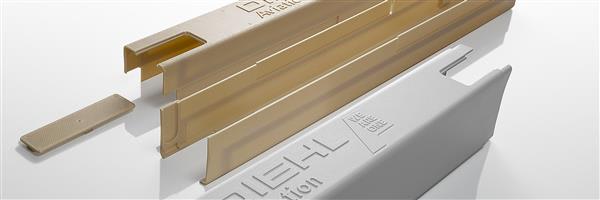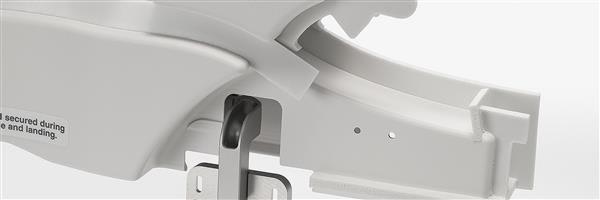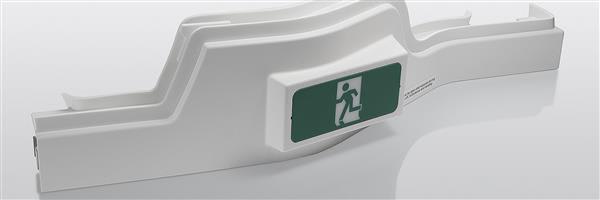Diehl Aviation Introduces Largest 3D-Printed Part for Airbus Passenger Planes
Diehl Aviation has designed and delivered a large 3D-printed part to be installed on Airbus aircraft.
Airbus may be considered the leader in the application of 3D printing technology to aircraft parts, having detailed a techno-futuristic vision of the future at the beginning of the decade that would supposedly redefine the way humans fly. As unrealistic as the vision might have seemed at the time, the company has consistently deployed a steady stream of 3D-printed parts into its A350 XWB aircraft.image-center

Qatar Airways is the first airline to have the 3D-printed module. (Image courtesy of Diehl Aviation.)
The latest is said to be the largest, fully 3D-printed part for a passenger plane to date. Developed by Diehl Aviation, the part is a curtain comfort header—that curtain enclosure you may have seen separating your seat on a plane from the handful of passengers in first and business class. The component, measuring 1,140mm x 720mm x 240mm, was printed via fused deposition modeling and installed on an Airbus A350 XWB operated by Qatar Airways.3D printing contributed several advantages during the prototyping and production process. The first, timing: the project was completed in just 12 months, from concept to European Aviation Safety Agency (EASA) certification and delivery.image-center

Feature details of the 3D-printed module. (Image courtesy of Diehl Aviation.)
Another benefit of using 3D printing was a streamlining of the assembly’s production. Traditionally, the curtain comfort header module was made up of multiple layers of laminated fiberglass, each produced with its own complex aluminum tooling. Moreover, the module incorporated cable channels, an emergency escape route sign and retaining clips. With 3D printing, it is possible to simplify the design to just 12 parts that are glued together when completed.image-center

The complete 3D-printed assembly. (Image courtesy of Diehl Aviation.)
Diehl will rely solely on 3D printing to produce the assembly going forward. The firm believes that the use of 3D printing will make it possible to easily remove and repair the modules in the future, as well as provide custom retrofits for customers.

Qatar Airways is the first airline to have the 3D-printed module. (Image courtesy of Diehl Aviation.)
The latest is said to be the largest, fully 3D-printed part for a passenger plane to date. Developed by Diehl Aviation, the part is a curtain comfort header—that curtain enclosure you may have seen separating your seat on a plane from the handful of passengers in first and business class. The component, measuring 1,140mm x 720mm x 240mm, was printed via fused deposition modeling and installed on an Airbus A350 XWB operated by Qatar Airways.3D printing contributed several advantages during the prototyping and production process. The first, timing: the project was completed in just 12 months, from concept to European Aviation Safety Agency (EASA) certification and delivery.image-center

Feature details of the 3D-printed module. (Image courtesy of Diehl Aviation.)
Another benefit of using 3D printing was a streamlining of the assembly’s production. Traditionally, the curtain comfort header module was made up of multiple layers of laminated fiberglass, each produced with its own complex aluminum tooling. Moreover, the module incorporated cable channels, an emergency escape route sign and retaining clips. With 3D printing, it is possible to simplify the design to just 12 parts that are glued together when completed.image-center

The complete 3D-printed assembly. (Image courtesy of Diehl Aviation.)
Diehl will rely solely on 3D printing to produce the assembly going forward. The firm believes that the use of 3D printing will make it possible to easily remove and repair the modules in the future, as well as provide custom retrofits for customers.








